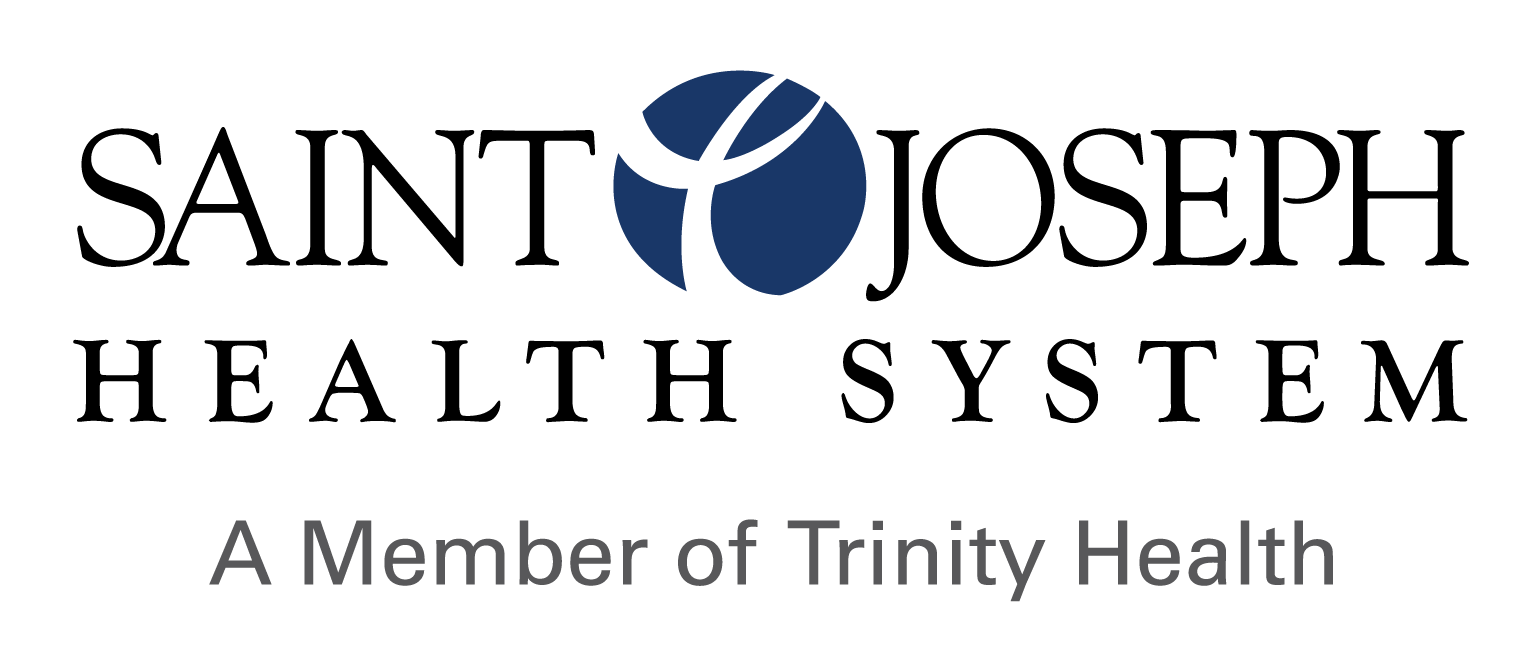Hernias are a common health issue, particularly for men. While they often start small and painless, hernias can worsen over time and lead to serious complications if not treated properly. Understanding what hernias are, why men are more susceptible, and how to recognize and treat them is essential for maintaining good health.
What is a hernia?
A hernia occurs when an internal organ or tissue pushes through a weak spot in the muscle or connective tissue that surrounds it. These weak spots are often natural areas of vulnerability in the body’s structure, particularly in the abdominal wall. Hernias can happen in several locations, but certain types are far more common in men.
Nancy Han, MD, a general surgeon at Saint Joseph Health System, explains, “A hernia is a hole in the abdominal wall. It can occur in multiple locations, but for men, the groin is the most common site due to both congenital development and the physical demands often placed on men’s bodies.”
The most common types of hernias are:
- Inguinal hernias which make up the vast majority of cases in men. They occur when tissue pushes through the inguinal canal. There are two subtypes:
- Indirect inguinal hernia: Present from birth but may not become apparent until later.
- Direct inguinal hernia: Typically develops over time due to weakening muscles.
- Umbilical, hiatal, and incisional hernias: Umbilical hernias occur near the belly button, and hiatal hernias involve the upper stomach pushing through the diaphragm. Incisional hernias may develop at the site of previous abdominal surgeries.
Why men are at higher risk
Men are more prone to hernias largely due to their anatomy. The inguinal canal, a passageway in the groin area, is naturally weaker in men because it allows for the descent of the testicles during development. This area remains a potential weak spot throughout life.
Beyond anatomy, lifestyle factors also play a role. “Men often have jobs or hobbies that involve heavy lifting or intense physical activity,” says Dr. Han. “These repetitive strains can increase the pressure inside the abdomen, forcing tissue through any weak points.”
Additional risk factors include:
- Weight gain and obesity
- Chronic coughing
- Constipation and frequent straining
- Smoking (which impairs tissue healing)
- Diabetes
- Family history of hernias
- Previous abdominal surgery
Many hernias are first noticed during routine physicals or occupational health exams, so staying on top of your regular check-ups is important.
Signs, symptoms, and when to seek medical attention
Recognizing the symptoms of a hernia early is key to preventing complications. The most common signs include:
- A noticeable bulge or lump in the groin or abdomen
- Pain or discomfort, especially when lifting, coughing, or bending
- A feeling of heaviness or pressure in the abdomen
- Burning, aching, or sharp pain at the hernia site
In some cases, more serious symptoms may occur, such as:
- Nausea or vomiting
- Inability to have a bowel movement
- Severe pain and tenderness at the hernia site
“If someone notices a bulge or isn’t sure what they’re feeling, they should at least see their primary care physician to be examined,” advises Dr. Han. “Many hernias can be diagnosed through a simple physical exam.”
Ignoring a hernia can lead to complications like incarceration (when tissue becomes trapped) or strangulation (when blood supply is cut off). These are medical emergencies requiring immediate attention.
Diagnosis and evaluation
Hernias are often diagnosed through a physical exam, where a doctor examines for a bulge that becomes more pronounced when standing, coughing, or straining. In some cases, imaging tests such as ultrasound, CT scan, or MRI may be used to confirm the diagnosis or evaluate the extent of the hernia.
Treatment, recovery, and prevention
Not all hernias require immediate surgery. For small, asymptomatic hernias, watchful waiting may be appropriate. However, surgical repair is the only way to correct the defect and prevent worsening.
Several surgical options exist:
- Open hernia repair: A small incision is made directly over the hernia to repair the muscle wall.
- Laparoscopic surgery: Minimally invasive, using small incisions and a camera to guide the repair.
- Robotic-assisted surgery: Offers greater precision and may result in less pain and quicker recovery.
“In some cases, we can close the defect with sutures alone, but often we use a mesh to reinforce the area and reduce the risk of recurrence,” Dr. Han explains. “The type of surgery depends on the patient’s overall health, lifestyle, and the size of the hernia.”
Recovery time varies depending on the type of surgery and the size of the hernia repaired. Generally, patients are advised to avoid heavy lifting for several weeks. For most, full recovery occurs within a few weeks, allowing them to return to their usual activities gradually and safely.
While not all hernias can be prevented, certain steps may lower the risk:
- Maintain a healthy weight.
- Use proper lifting techniques
- Avoid smoking, as it can impair healing and weaken tissues.
- Manage chronic cough and constipation to reduce straining.
- Control chronic conditions like diabetes for better wound healing.
Good body mechanics during physical activities, even routine chores, can make a significant difference in reducing hernia risk.


